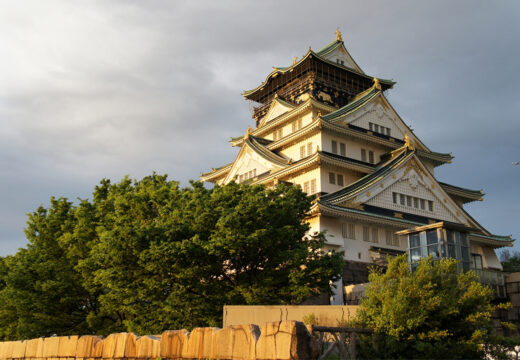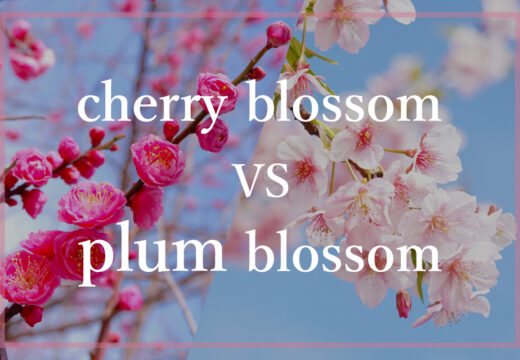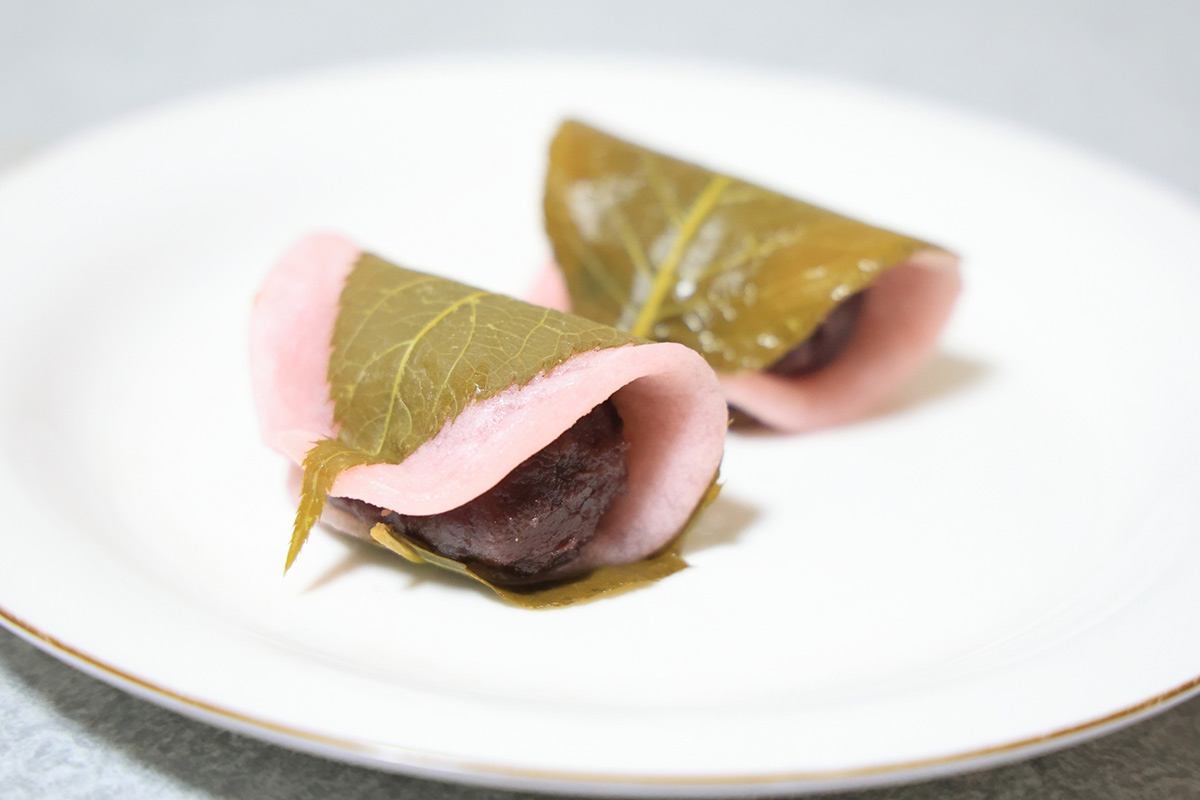
The national flower of Japan is the cherry blossom.The Japanese name is SAKURA.
In this article, I will introduce the history of cherry blossoms and Japanese episodes related to cherry blossoms.
The most representative SAKURA variety in Japan is “Someiyoshino”
Generally, the word SAKURA in Japan refers to the Someiyoshino variety.
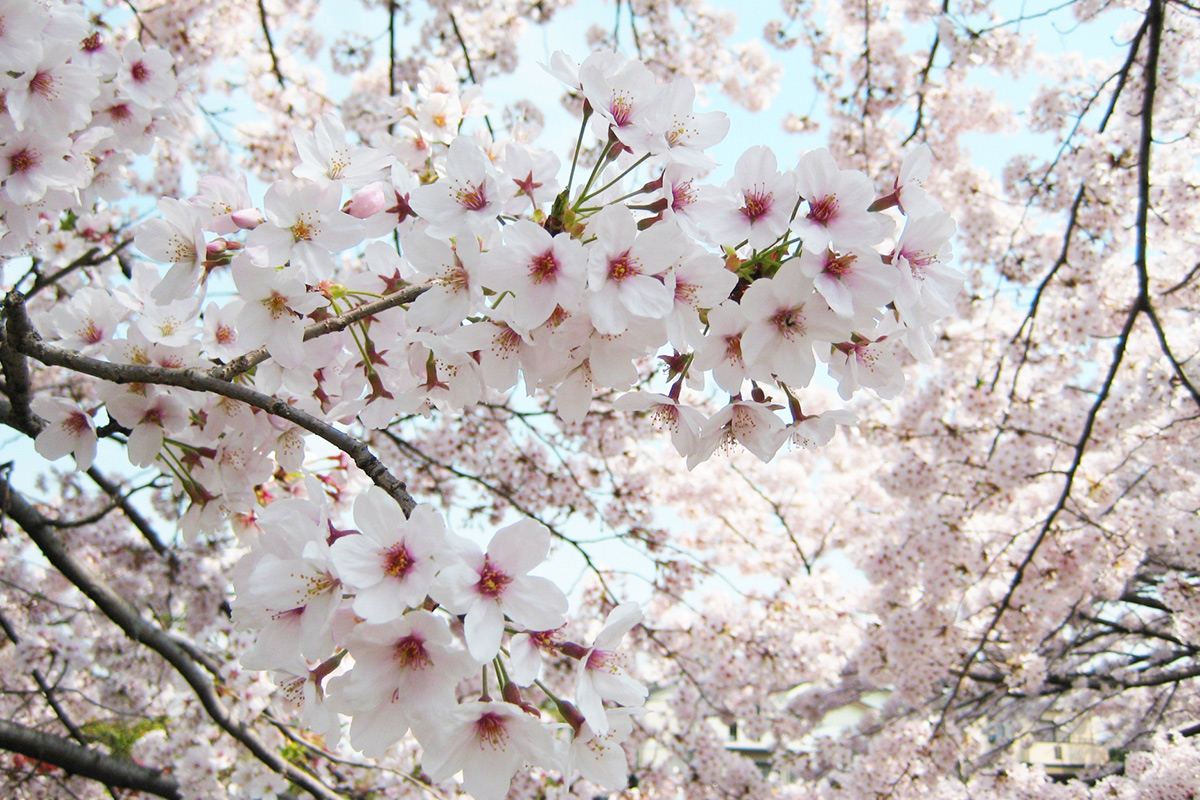
It is believed to be the result of natural or artificial hybridization between the Edohigan variety and the Oshima cherry.Somei-Yoshino is believed to be a variety that originated in the late Edo period, and was planted in overwhelming numbers throughout Japan through the period of rapid economic growth in the Showa period.
The origin of the name, however, is that it was first sold by a gardener in Somei-mura in Edo (now Toyoshima-ku, Tokyo) .
According to a Japanese research institute, genetic analysis of the SAKURA of Someiyoshino in various regions has shown that they are all clones.
In other words, all Somei-Yoshino SAKURA trees blooming in various regions were grown by grafting and cuttings by human hands.
There are many SAKURA trees blooming all over Japan, and if these have all been planted by human hands, one feels a sense of history.
Incidentally, there are 10 wild species of cherry trees in Japan, and new varieties are created by crossing these species, with more than 200 species.
SAKURA of Someiyoshino. where was the first one born?
The SAKURA of Someiyoshino, which was increased from a single original tree, so where was the birthplace of this tree?
Although there is no proof to this day, one theory from a university study is that the original tree was in a park above Tokyo.
That place is Ueno Park.It is believed that a candidate for the original tree may be located near the statue of Prince Komatsunomiya near the front gate of the Ueno Zoo.
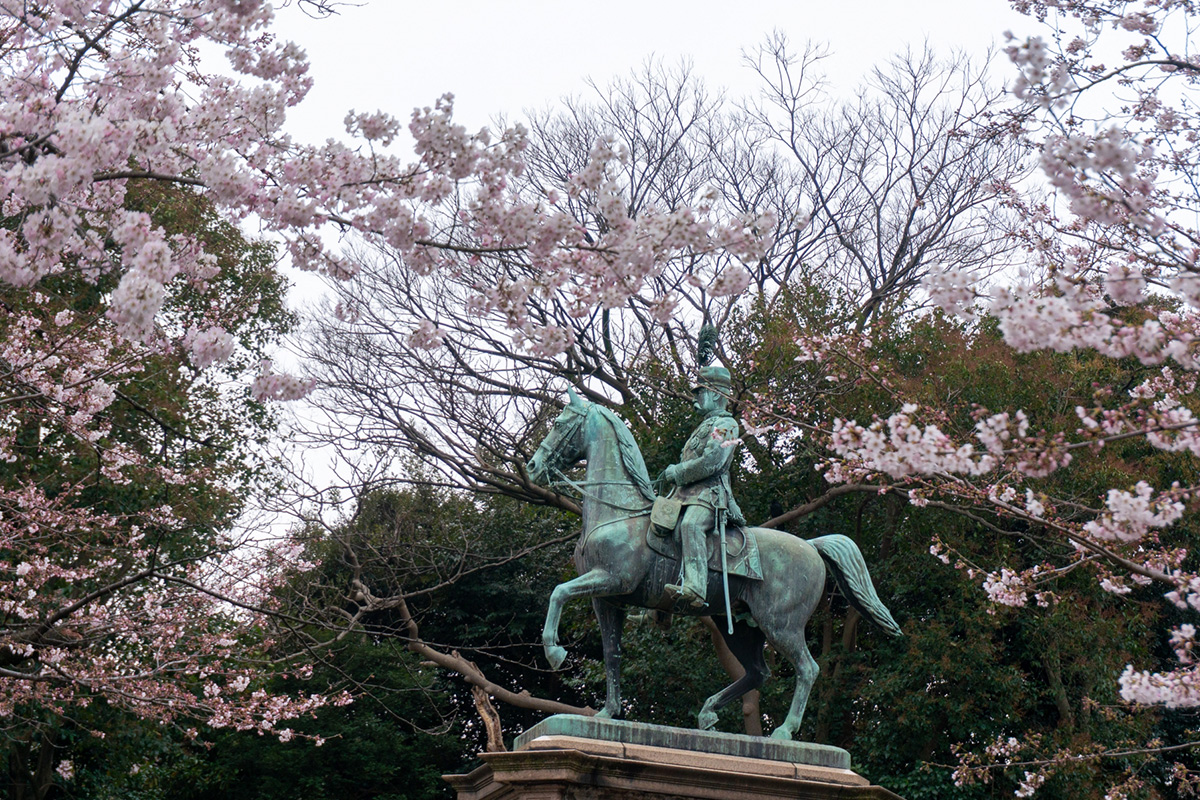
Incidentally, Ueno Park has been known as a cherry blossom viewing spot since the Edo period (1603-1868). 800 cherry trees adorn the park, attracting many cherry blossom viewers.
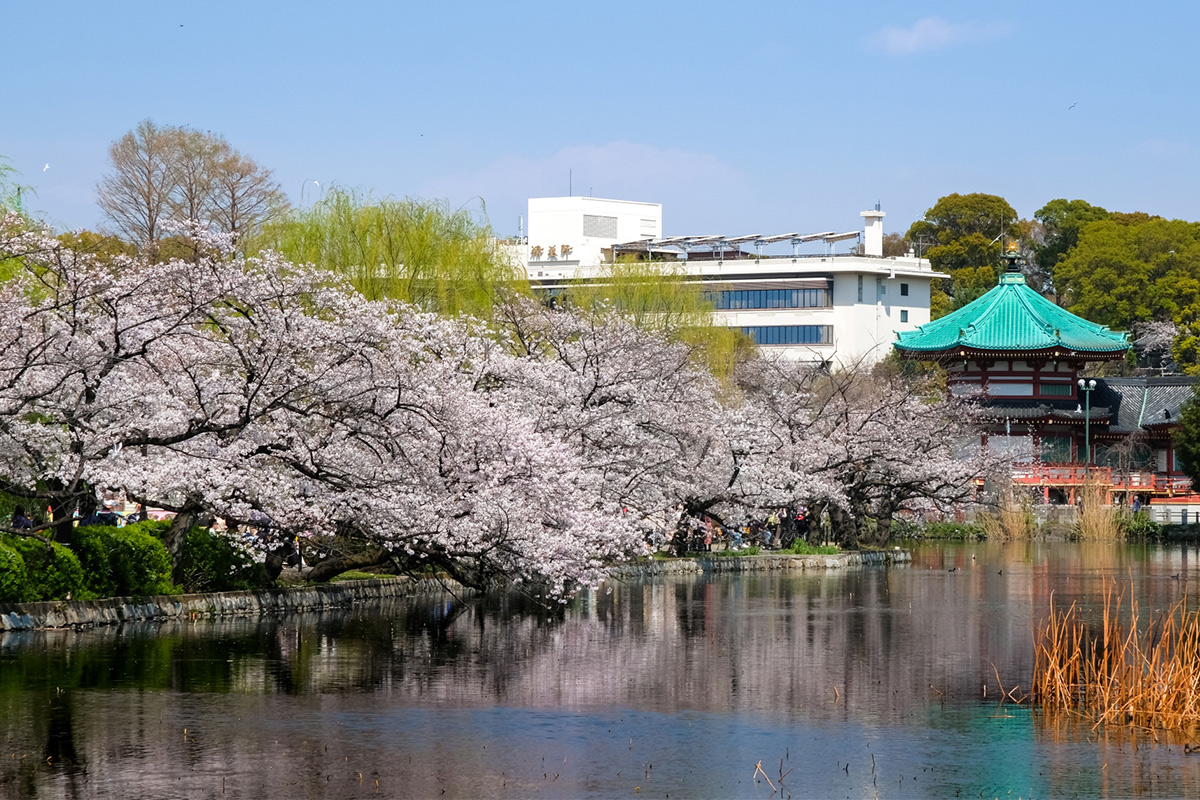
In the past, it was more plum viewing than SAKURA!
In Japan from 710 to 794, the ume plum was a favorite. According to the oldest extant collection of Japanese poems of the time (Manyoshu), there were 43 SAKURA poems and 110 plum poems.
This is related to the fact that Chinese culture had entered the area.
In Kokin-waka-shu, a collection of Japanese poems made in the 900s, there are 70 SAKURA poems and 18 plum poems.
The oldest garden book in Japan also states that “SAKURA trees should be planted in the garden,” and it is assumed that the “HANAMI” culture of enjoying the sight of SAKURA trees was born in this period.
Why are there SAKURA landscapes in Japanese castles?
You may often see pictures of Japanese castles and cherry blossoms in Japanese sightseeing guidebooks.
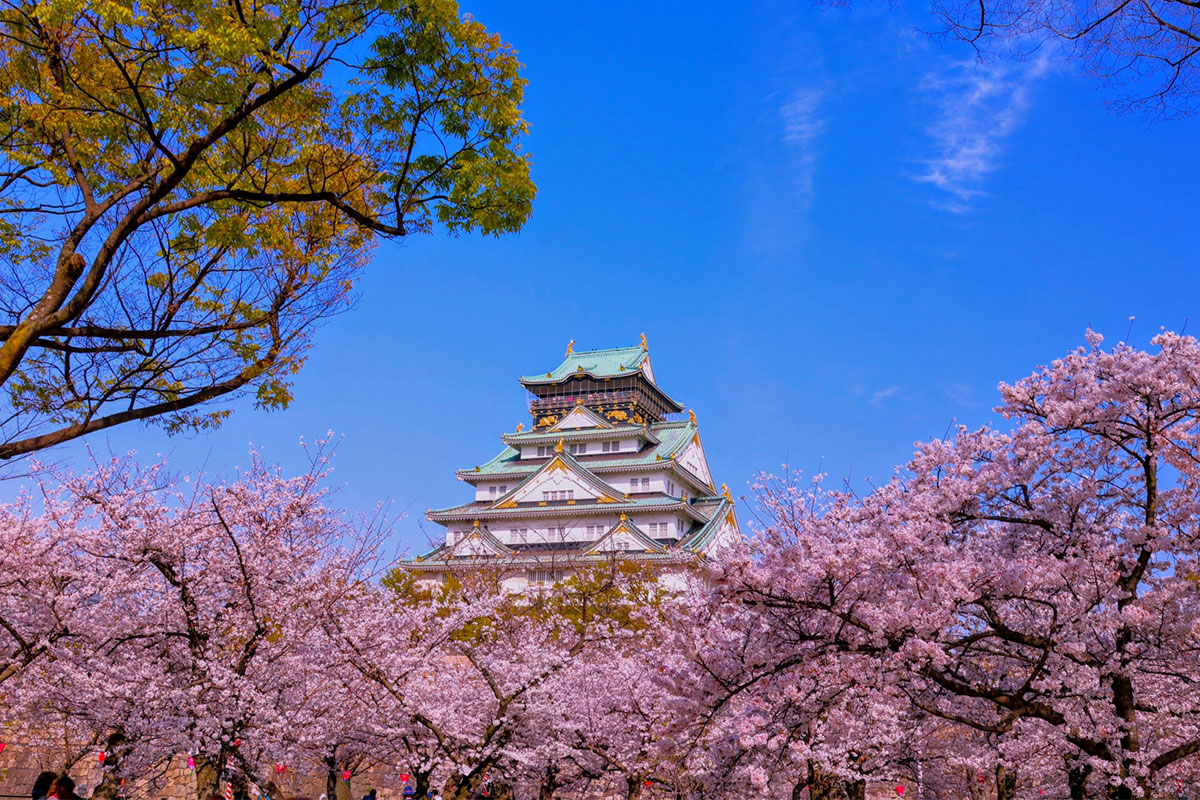
It is a very Japanese landscape, but in fact, its history is short.
In 1873, there was an “Abolition of Castle Order” in Japan. After most castles were razed, they were opened to the public as parks.
Therefore, SAKURA was planted on the site where it was destroyed.
When castles were being utilized, people did not like to plant trees because if they were planted, they would become hiding places for enemies.
Even if you look at pictures of castles of the time, there are not many castles with trees painted on them.
There are also many foods associated with SAKURA!
Now, the flower “SAKURA” is a symbol of Japan, and there are several foods and drinks associated with it.
HANAMI-DANGO
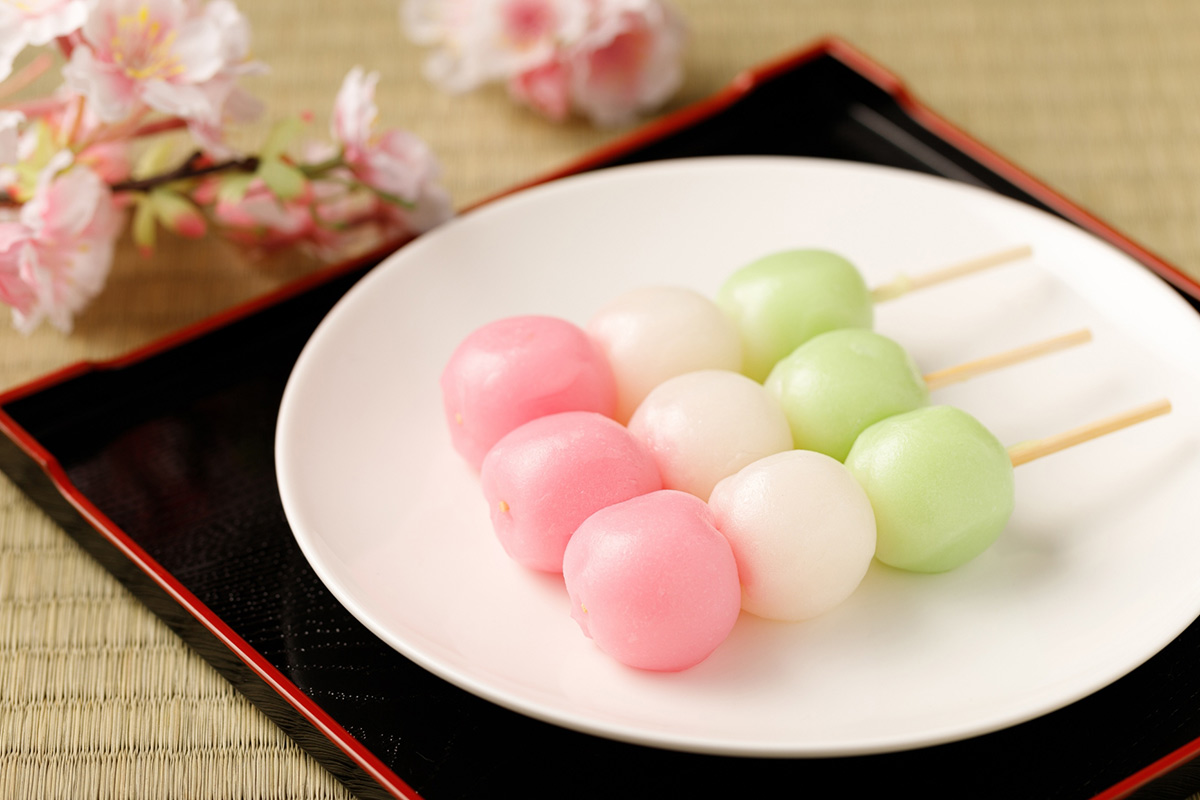
Green, white, and pink skewered dumplings.There are many theories about this color scheme, with one theory suggesting that the green refers to new shoots, the white to snow, and the pink to spring flowers.
It means that under the fallen snow there are new shoots, and when the snow melts, spring will arrive and flowers will bloom.
SAKURA-MOCHI
Japanese sweets associated with SAKURA.
There are two types, and “SAKURA-MOCHI” in eastern Japan is the shape shown in the photo below.

A flat Japanese confectionery made by baking an article made of wheat flour or other ingredients into a flat shape, then filling it with anko (sweet bean paste).
SAKURA-MOCHI in western Japan has the following shape.
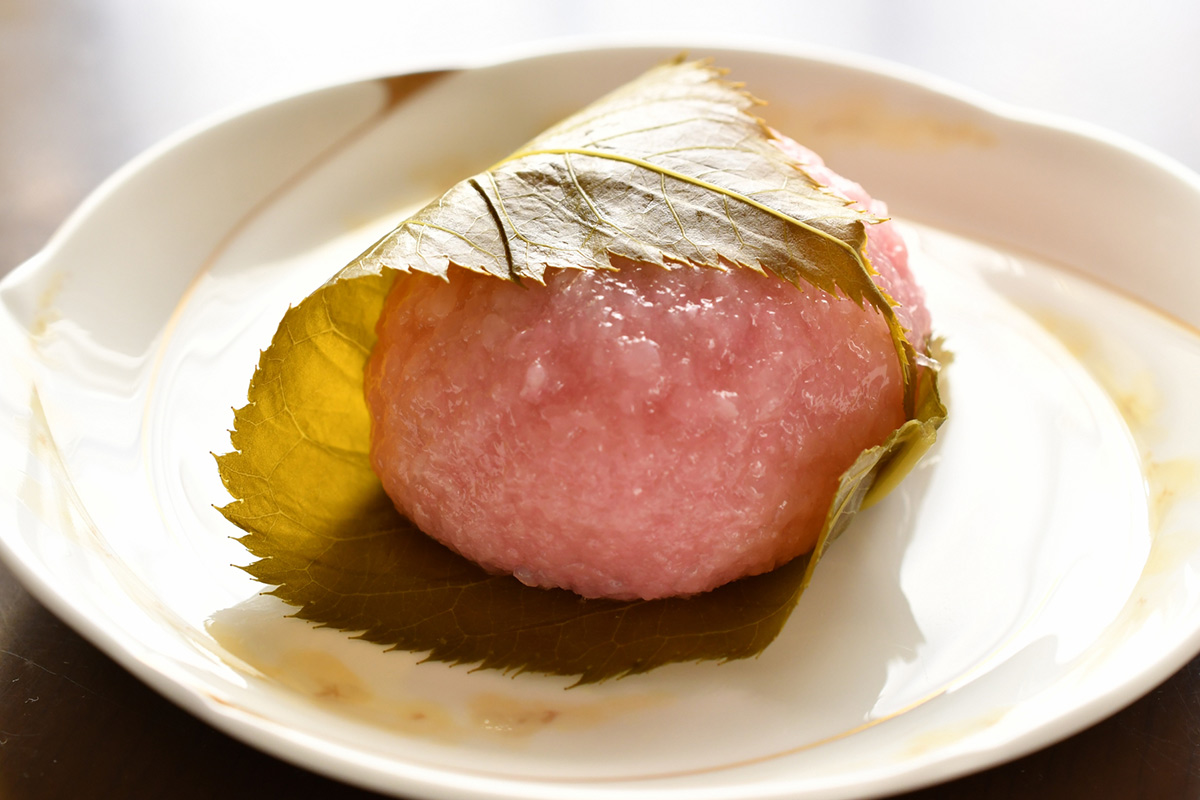
Steamed glutinous rice is used to cover the bean paste.The rice grain is still grainy, resilient and sticky.
Both are wrapped with salted cherry leaves. This is quite a picky eater, so you can peel off the leaves and eat them. (I don’t like it much, so I remove the leaves.)
There are various theories about the origin of this snack, but it is said that during the Edo period, a temple gatekeeper thought of a way to use the large number of cherry leaves that were falling, so he pickled them in salt and rolled them in rice cakes, which became very popular.
The leaves are wrapped around the appearance of cherry blossoms, and the aroma is reminiscent of cherry blossoms. It is a tasteful Japanese confectionery that evokes the feeling of spring.
HANAMI-SAKE
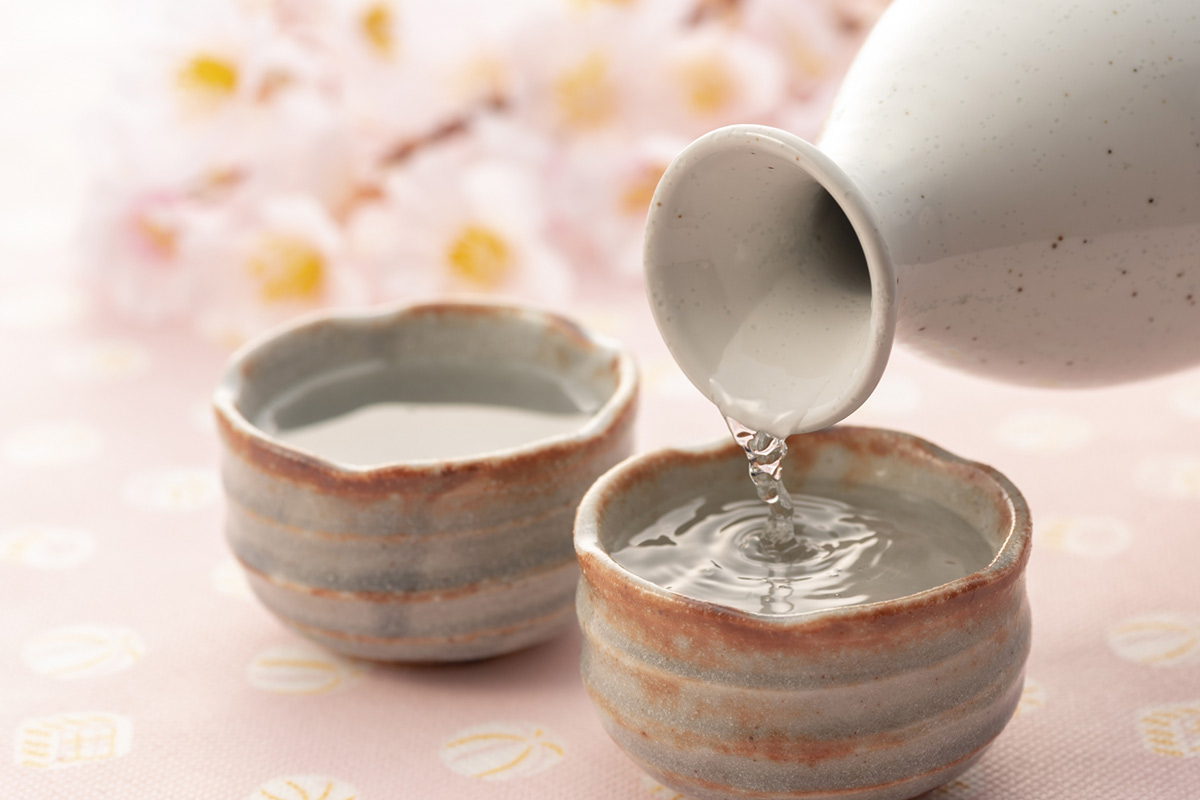
SAKE to drink while looking at flowers. Nowadays, many people spread out sheets under the SAKURA trees and drink beer, chuhai, and other favorite drinks.However, in general, HANAMI-SAKE means SAKE.
This is because people in ancient Japan used to drink SAKE while admiring beautiful flowers.
Check out other articles about SAKURA!









